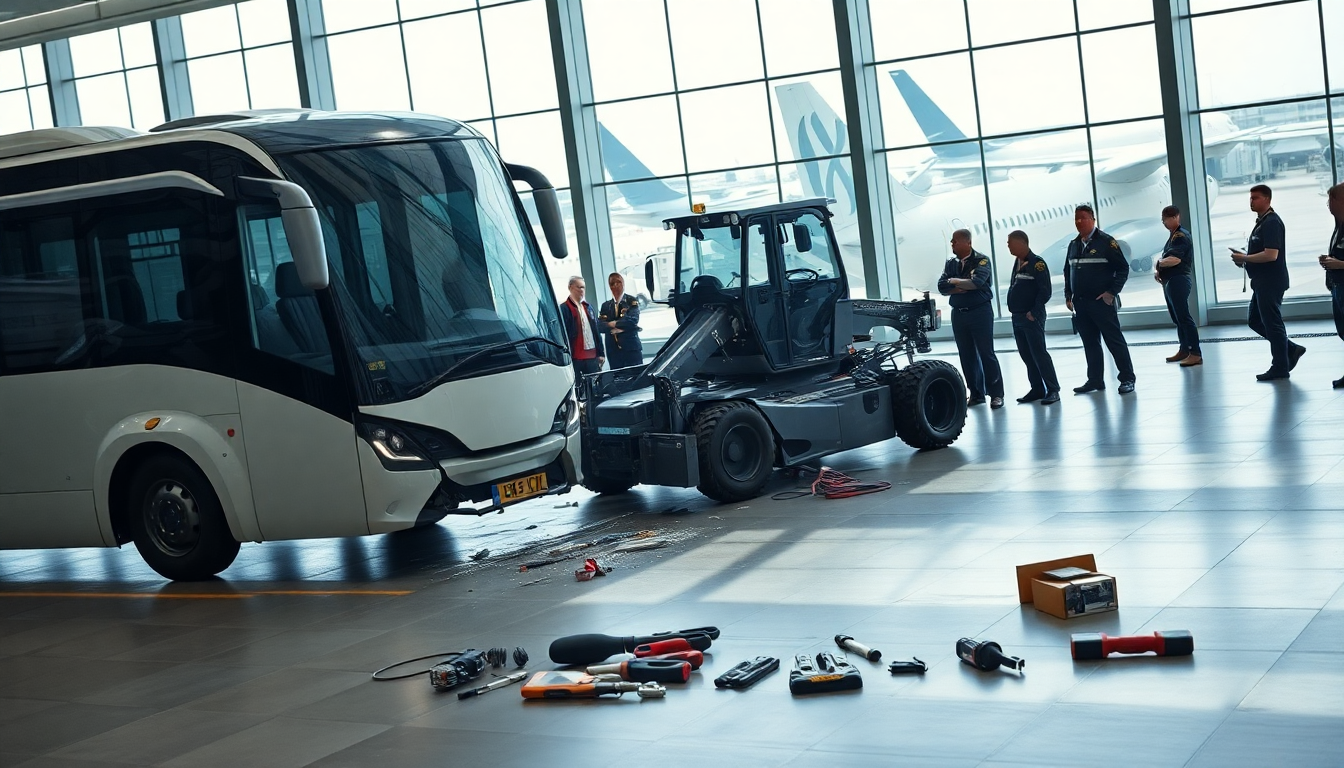Table of Contents
Recent events at Hong Kong airport have thrown the spotlight on the challenges of using driverless shuttle buses. In a surprising incident, a driverless shuttle bus collided with an aircraft tow tractor within a restricted area, raising some serious questions about the safety protocols and operational guidelines for these unmanned vehicles.
How can we ensure that technology enhances safety rather than complicating it?
Understanding the Incident
On a Tuesday afternoon, a driverless shuttle bus, thankfully not carrying any passengers, detected an obstacle and came to a stop. However, a duty officer mistakenly instructed the shuttle to move again, resulting in a minor collision with a tow tractor that had protruded into the driving lane.
Fortunately, no injuries were reported, but this incident highlights just how complicated it can be to integrate automated vehicles into bustling airport settings.
The collision happened around 3 PM when the bus’s sensors picked up an obstruction and halted to prevent any further movement.
This is a great example of technology working as intended. However, the subsequent command from a human operator led to the unfortunate mishap. A preliminary investigation showed that while the tow tractor was parked correctly, its rear end was sticking into the lane, forcing the bus into a tricky situation where it had to make crucial decisions.
Challenges and Protocols in Play
This incident raises some significant concerns regarding the protocols governing driverless vehicles in high-pressure environments like airports. Since human error played a role in prompting the vehicle to continue moving, it’s clear that we need better training and clearer communication between ground control and automated systems.
How can we improve these interactions to prioritize safety?
Moreover, given that this is the second collision involving driverless shuttle buses in just two months, it’s high time we reassess the operational guidelines for these vehicles. Safety must be the top priority to prevent future incidents, and a thorough review of existing protocols is essential to ensure that these vehicles can safely coexist with traditional traffic.
This includes examining how operators engage with automated systems and ensuring these interactions don’t put anyone at risk.
The Road Ahead for Driverless Shuttle Buses
As more airports embrace driverless technology, understanding the implications of these incidents is crucial for the future of transportation in these environments. The integration of automated vehicles can boost efficiency and cut down labor costs, but it also requires a solid framework for managing safety and operational integrity. What steps can be taken to ensure this technology evolves responsibly?
Looking to the future, stakeholders in the aviation and transportation sectors must work together to create comprehensive training programs for personnel overseeing automated vehicle operations. Additionally, improving the technology in these vehicles to enhance communication and decision-making could help mitigate risks even further. As airport transportation continues to evolve, ongoing evaluation and adaptation will be key to maximizing the benefits of automation while minimizing its pitfalls. Can we strike the right balance between innovation and safety?





